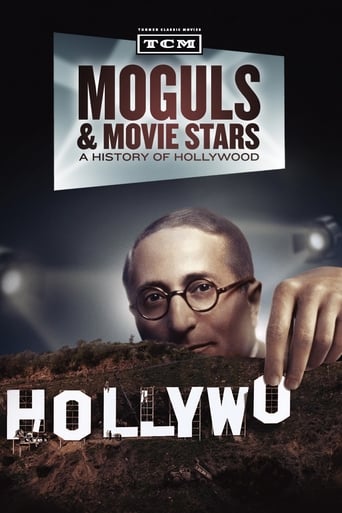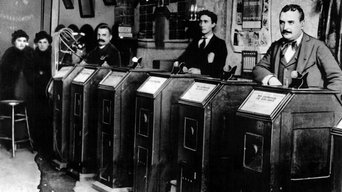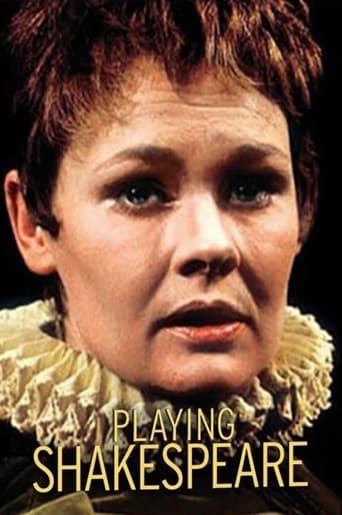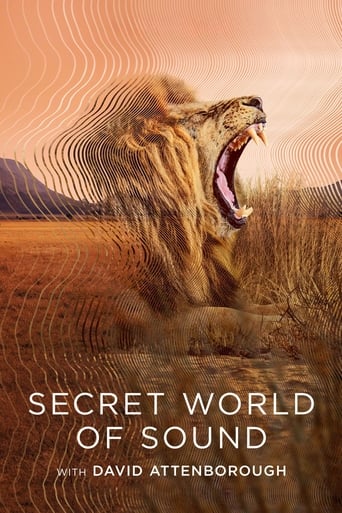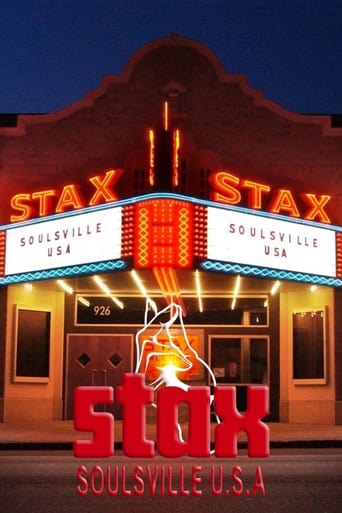Moguls & Movie Stars: A History of Hollywood (2010)
Moguls & Movie Stars: A History of Hollywood
2010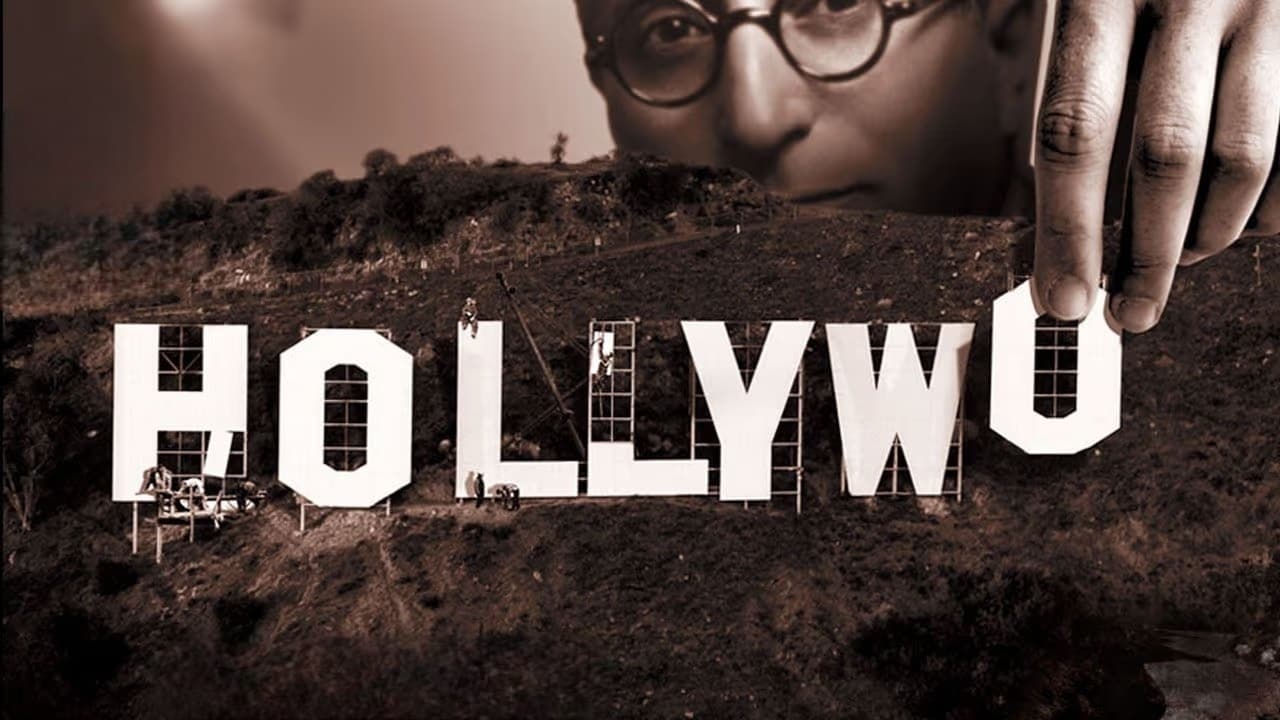
Each installment focuses on a different era of American movie history, from the invention of the first moving pictures to the revolutionary, cutting-edge films of the 1960s.
Seasons & Episode

California was quickly recognized as the ideal setting for the American film industry, with its relative freedom from patent problems, constant sunshine and varied geography. As early as 1909, moviemakers were hard at work in Hollywood, including William Selig, who had founded one of the country's first movie studios in Chicago. In 1913 Jesse Lasky, Samuel Goldwyn and Cecil B. DeMille formed a filmmaking company and established themselves among the first generation of Hollywood moguls, producing one of the first feature-length films in the U.S., The Squaw Man (1914).

The movies broke their silence in 1927, as Warner Bros. introduced the first major synchronized sound film, The Jazz Singer. Stage-trained actors were suddenly in demand, and among those to break though in the early sound era were James Cagney, Bette Davis, Clark Gable, Katharine Hepburn and Edward G. Robinson. For the most part, the movies were able to ride the storm of the Great Depression, as crowds flocked to escapist Astaire/Ginger Rogers musicals. Most of the moguls toughed out the hard times, though some tumbled.
Each installment focuses on a different era of American movie history, from the invention of the first moving pictures to the revolutionary, cutting-edge films of the 1960s.
Watch Trailer
Free Trial Channels


